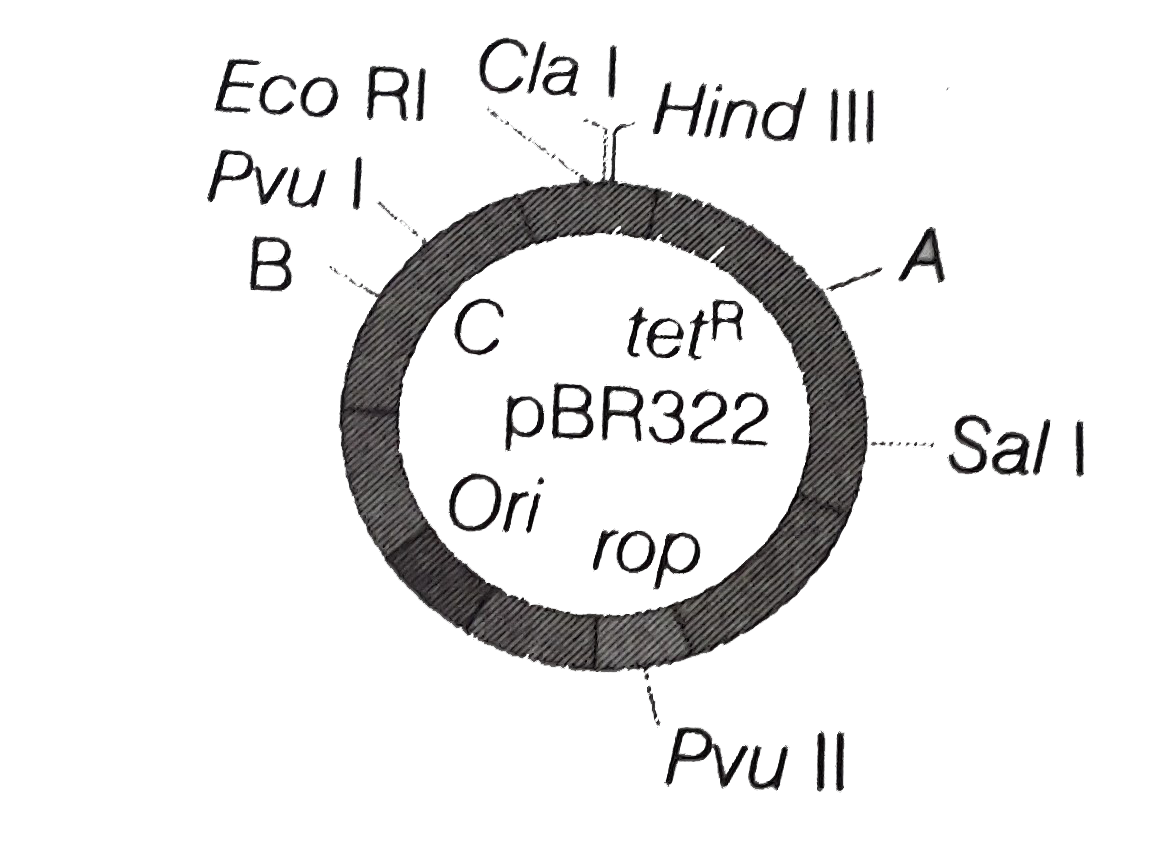Mark three points A,B,C on a sheet of paper. Join A and B , B and C and A and C with a scale. Name all the line segments formed.
The correct Answer is:−−→AB.−−→BCand−−→CA
Step-by-Step Solution:
1. Mark the Points:
- Take a sheet of paper and mark three distinct points on it. Label these points as A, B, and C.
2. Join the Points:
- Using a scale, draw a straight line segment connecting point A to point B. This line segment is called AB.
- Next, draw another straight line segment connecting point B to point C. This line segment is called BC.
- Finally, draw a straight line segment connecting point A to point C. This line segment is called AC.
3. Name the Line Segments:
- After joining the points, we can name the line segments formed:
- The line segment between A and B is named AB.
- The line segment between B and C is named BC.
- The line segment between A and C is named AC.
4. List All Line Segments:
- The line segments formed are:
- AB
- BC
- AC
Final Answer:
The line segments formed are AB, BC, and AC.
---
- Take a sheet of paper and mark three distinct points on it. Label these points as A, B, and C.
- Using a scale, draw a straight line segment connecting point A to point B. This line segment is called AB.
- Next, draw another straight line segment connecting point B to point C. This line segment is called BC.
- Finally, draw a straight line segment connecting point A to point C. This line segment is called AC.
- After joining the points, we can name the line segments formed:
- The line segment between A and B is named AB.
- The line segment between B and C is named BC.
- The line segment between A and C is named AC.
- The line segments formed are:
- AB
- BC
- AC
The line segments formed are AB, BC, and AC.
Similar Questions
Take four distinct points, A,B,C and D no three of which are collinear.
Name the line segments.View SolutionFor three sets A,B,C,A−(B∪C)=?
View SolutionTake four distinct point A,B ,C and D , out of which three points are collinear
Name the line segments.View SolutionTake three non-collinear point A, B and C on a page of your notebook. Join AB, BC and CA, what figure do you get? Name the triangle. Also, name The side opposite to ∠B The angle opposite to side AB The vertex opposite to side BC The side opposite to vertex B.
View SolutionTake three collinear point A, B and C on a page of your note book. Join AB, BC and CA. is the figure a triangle? If not, why?
View SolutionTake three collinear point A, B and C on a page of your note book. Join AB, BC and CA. is the figure a triangle? If not, why?
View SolutionTake three non-collinear point A, B and C on a page of your notebook. Join AB, BC and CA, what figure do you get? Name the triangle. Also, name (a). The side opposite to ∠B (b). The angle opposite to side AB (c). The vertex opposite to side BC (d). The side opposite to vertex B.
View SolutionName the regions marked A,B and C
 View Solution
View SolutionTake four distinct collinear points A,B,C and D in plane (page of your copy.)
Name the lines segments.View SolutionMark the following points on a sheet of paper. Tell how many line segments can be obtained in each case: Two points A, B. Three non-collinear points A, B, C. Four points such that no three of them belong to the same line. Any five points so that on three of them are collinear.
View Solution

